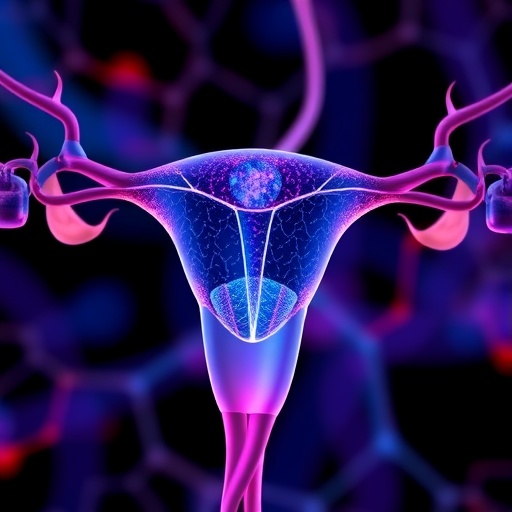Researchers propose new approach to post-stroke rehabilitation
The existing approach to brain stimulation for rehabilitation after a stroke does not take into account the diversity of lesions and the individual characteristics of patients’ brains. This was the conclusion made by researchers of the Higher School of Economics (HSE University) and the Max Planck Institute of Cognitive Sciences in their article, ‘Predicting the Response to Non-Invasive Brain Stimulation in Stroke’.
Among the most common causes of death worldwide, stroke ranks second only to myocardial infarction (heart attack). In addition, a stroke is also a chronic disease that leaves patients disabled for many years.
In recent decades, non-invasive neuromodulation methods such as electric and magnetic stimulation of various parts of the nervous system have been increasingly used to rehabilitate patients after a stroke. Stimulation selectively affects different parts of the brain, which allows you to functionally enhance activity in some areas while suppressing unwanted processes in others that impede the restoration of brain functions. This is a promising mean of rehabilitation after a stroke. However, its results in patients remain highly variable.
The study authors argue that the main reason for the lack of effectiveness in neuromodulation approaches after a stroke is an inadequate selection of patients for the application of a particular brain stimulation technique.
According to the authors, the existing approach does not take into account the diversity of lesions after a stroke and the variability of individual responses to brain stimulation as a whole. Researchers propose two criteria for selecting the optimal brain stimulation strategy. The first is an analysis of the interactions between the hemispheres. Now, all patients, regardless of the severity of injury after a stroke, are offered a relatively standard treatment regimen. This approach relies on the idea of interhemispheric competition.
‘For a long time, it was believed that when one hemisphere is bad, the second, instead of helping it, suppresses it even more,’ explains Maria Nazarova, one of the authors of the article and a researcher at the HSE Institute of Cognitive Neurosciences. ‘In this regard, the suppression of the activity of the “unaffected” hemisphere should help restore the affected side of the brain. However, the fact is that this particular scheme does not work in many patients after a stroke. Each time it is necessary to check what the impact of the unaffected hemisphere is — whether it is suppressive or activating.’
The second criterion, scientists call the neuronal phenotype. This is an individual characteristic of the activity of the brain, which is ‘unique to each person like their fingerprints’. Such a phenotype is determined, firstly, by the ability of the brain to build effective structural and functional connections between different areas (connectivity). And, secondly, the individual characteristics of neuronal dynamics, including its ability to reach a critical state. This is the state of the neuronal system in which it is the most plastic and capable of change.
Only by taking these criteria into account, the authors posit, can neuromodulation methods be brought to a new level and be effectively used in clinical practice. To do this, it is necessary to change the paradigm of the universal approach and select methods based on the individual characteristics of the brain of a particular person and the course of his or her disease.
###
Media Contact
Liudmila Mezentseva
[email protected]
Related Journal Article
https:/
http://dx.



